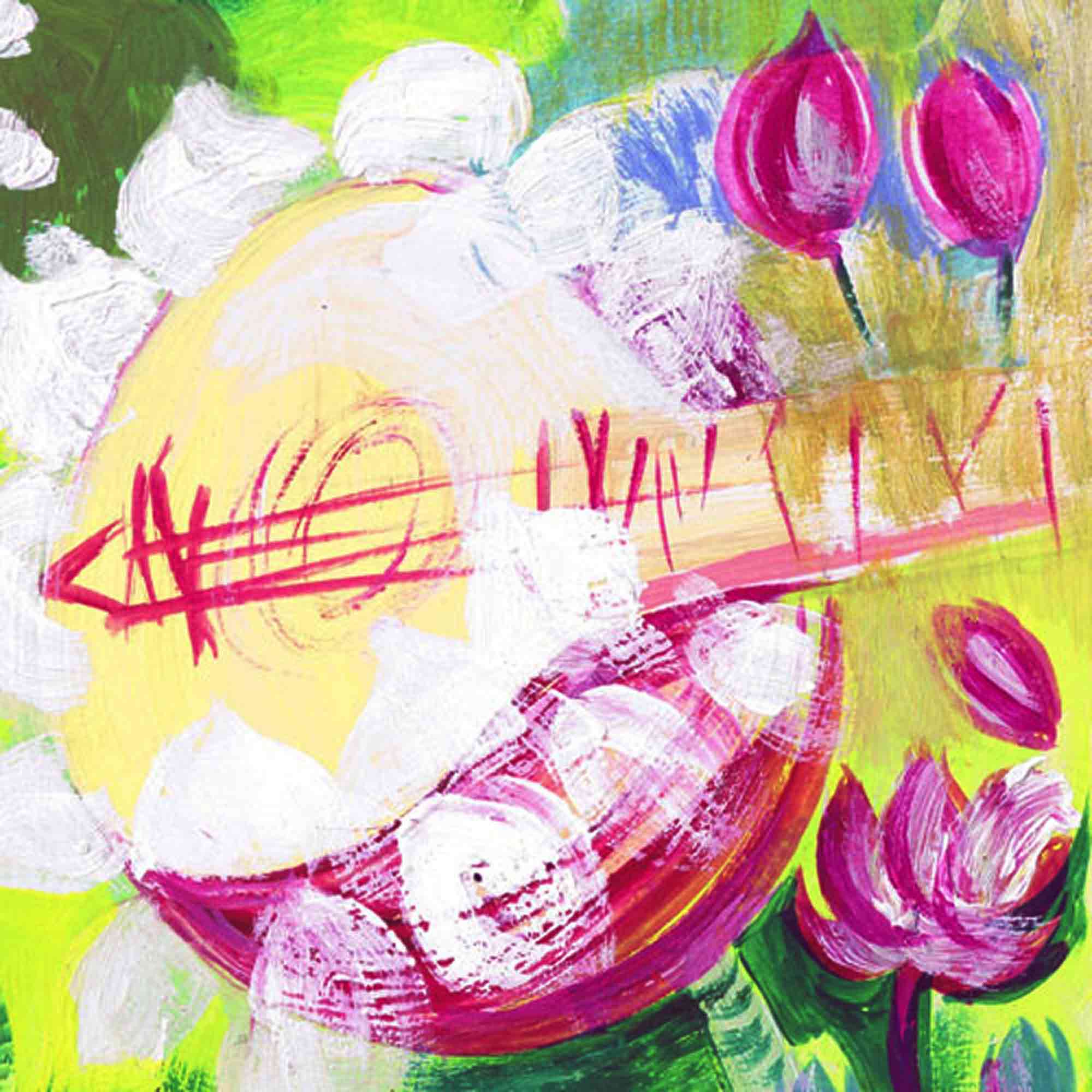
Whatever we understand and enjoy in human products instantly becomes ours, wherever they might have their origin – Rabindranath Tagore*
During this presentation, musical figures from several distinct traditions were explored in a practice-oriented manner. The figures selected are appealing beyond South Asia where they originated many centuries ago and continue to play a key role in classical and applied music.
Our shared goal was to enable young and old to collaborate in a memorable learning process that blends seemlessly into any chosen subject, academic and otherwise.
The criteria for selecting a particular figure were (1) its flexibility as for combining it with another subject, for instance mathematics, geography or history; (2) its appeal going by prior experience with learners from different age groups; and (3) its scope for variation, movement, visualisation and analysis in accordance with learners’ specific needs and abilities.

Scope
As part of integrated music education, Indian music enables even complete strangers to share a useful learning process. This calls for a natural and playful approach to melody, rhythm, hand signs and body movement. In this manner we are prepared to include newcomers – children and adults lacking a common language – to instantly participate in music.
Indian music is valued for fostering memory, analytical thinking, concentration, and cooperation among peers. Its basic concepts are exhilarating and liberating whether or not there is scope for studying Indian culture in its own right. This is a boon in circumstances where verbal or written instructions fail to engage learners. Rather than resigning in the face of such formidable challenges, educators are free to experiment and spread solidarity through instant inclusion – the essential joy of “creating” music oneself. This aspect addresses a common fear among learners, namely to be left behind (again!), be it in music or other subjects – a fear that is all too often justified in competitive modern society.
To help educators to overcome such fears, we build lessons around simple figures that bind tunes, rhythms and movements together into a rounded whole. Some of these may appear familiar enough to “break the ice” if needed; and others are so fresh and mind-boggling as to trigger further experimentation among peers in informal settings – anywhere and anytime. For this to happen, we dispense with technical resources of any kind.
Adaptation is the key to rapidly changing learning scenarios wherein cultural stereotyping, a known stumbling block for educators all over the world, must be overcome. This is easily achieved by integrating Indian music into discussions of academic concepts, or by letting its rhythms enrich social and outdoor activities. Such activities are by definition location specific and all-inclusive.

Educators from Canada, Finland, Germany, Hungary, India, Singapore and Switzerland were among the eleven participants in this one-hour session. They explored a time proven method suited to the needs of a wide range of abilities and learning goals; and this irrespective of participants’ cultural roots.
Date: 28 July 2016 | photos by courtesy of Dr. Tony Makarome, Yong Siew Toh Conservatory Singapore
More information
- Abstract isme 2016
- Abstract isme 2012
- Unity in Diversity, Antiquity in Contemporary Practice? South Indian Music Reconsidered
- Vaitari: A musical picture book from Kerala
*Rabindranath Tagore in a letter to C.F. Andrews; quoted by Amartya Sen in The Argumentative Indian: Writings on Indian History, Culture and Identity. London: Penguin, 2005, p. 86.
More on and by Rabindranath Tagore >>














